
 The dome at the new assembly hall in Angola.
The dome at the new assembly hall in Angola.
BY CHAMPIONING the use of new innovative materials, while offering outstanding product quality and dedicated customer service, Premier Composite Technologies (PCT) has become one of the leading global suppliers and manufacturers of advanced composite components.
PCT has recently successfully installed the dome at the New Assembly Hall in Luanda, Angola in less than six weeks – inclusive of all touch-up works. The dome, with a diameter of 42 m and a height of approximately 23 m, consists of 150 advanced composite panels each measuring 2.4 by 11.5 m with a total composite area of 4,100 sq m.
“All the prefabricated panels were shipped to Luanda and assembled in record time, averaging 130 to 150 sq m of watertight dome cladding (or six panels) per day. This brings the total installed surface to an average of 800 to 900 sq m per week,” says Hannes Waimer, managing director. The dome is finished with terracotta-coloured glass mosaic tiles and the white projected ribs are lit up by LED fittings to illuminate the decorative elements externally during the night. The composite dome is PCT’s largest built dome to date and the first in Angola and will form the visual centrepiece of the new National Assembly Hall, he adds.
 |
PCT also takes pride in having worked together with international architect Snøhetta on a prototype development of a structural building envelope concept, initially proposed for the Snøhetta-designed tower that will mark the gateway to Ras Al Khaimah, UAE.
Elaborating on the project, Waimer says: “This innovative building envelope, meaning the exterior, is fully clad and is delivered to site as an ‘all-in-one’ unit, and attached to the building slabs without further substructure as the cladding is self-supportive. This process requires each exterior panel to be fully insulated and to incorporate all external structural skin and surface finishes, of all the components such as windows and the fixing grid for the plasterboard interior fit-out. Each large sized module is 8 by 4 m and an individual structural FRP (fibre reinforced polymers) panel weighs only 25 to 30 kg/sq m. The module component size is limited only by transportation and could be designed to larger dimensions.”
To construct the entire façade, two to three panels are pre-assembled on the ground into one large segment of up to 100 sq m and will be hoisted up by crane and directly fixed to the reinforced concrete building slabs with adjustable brackets. The panels are then connected to each other with a watertight bolted, panel-to-panel connection, allowing a reduction in installation time on site and the reduced weight attached to the building, which results in significant overall cost savings, Waimer explains.
“Completed to the highest of standards, parts can be finished in almost anything from paints, resins, timber and veneers to stainless steel, acrylic or glass mosaics,” he adds. “PCT works closely with all of its clients and architects to develop the perfect finish for their designs.”
 |
|
The building envelope for RAK Gateway. |
PCT was founded in 2006 by Waimer, with the goal of providing cost-effective, high-tech composite solutions for the architectural, design, marine, energy and transportation markets (automotive, rail and wind). The internationally renowned composite solutions company based in Dubai, UAE, is ideally positioned to serve a truly global customer base.
Building with advanced composite materials offers a number of benefits, one of those being the ability to mould complex and rounded 3D forms. In addition, the weight savings are also significant. Citing examples, he says: “The domes that the PCT team manufactured, engineered and installed at the Emirates Palace in Abu Dhabi, UAE, as well as the 27 sliding domes that they manufactured and installed at the Holy Prophet’s Mosque in Madinah, Saudi Arabia, weigh as little as 15 per cent of a concrete equivalent.”
“The fact that they are manufactured in-house and then assembled in large components on site, means there are also significant time savings, with little thermal epoxy expansion properties, there are no shrinkage problems either. Other advantages of composites over traditional materials include the creation of bespoke and otherwise unachievable surface finishes, improved durability and longevity, improved thermal insulation and lack of cold bridging,” Waimer concludes.



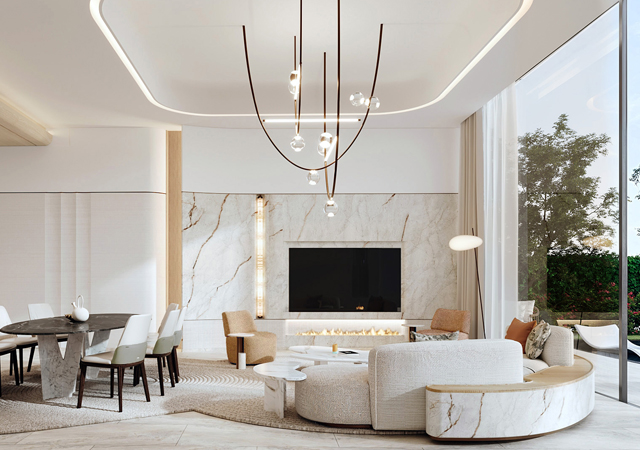
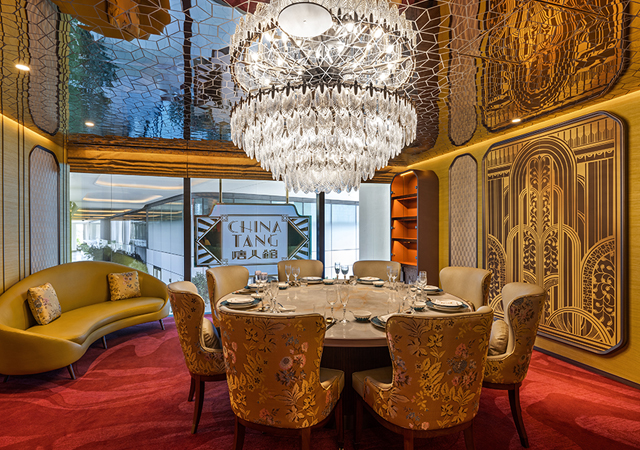
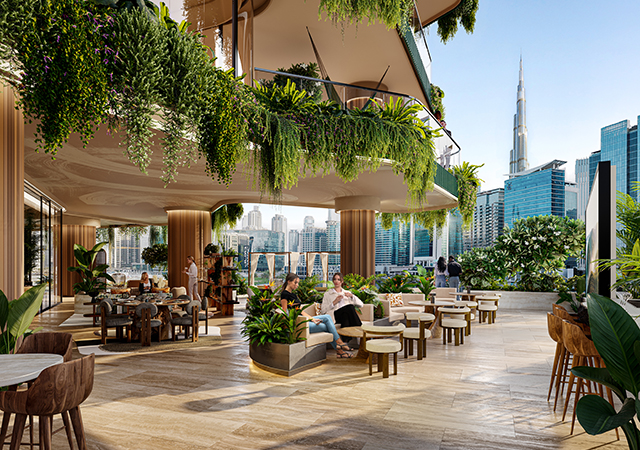
.jpg)


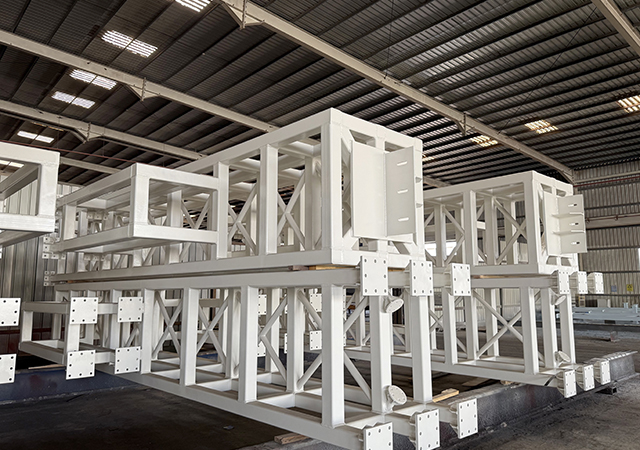




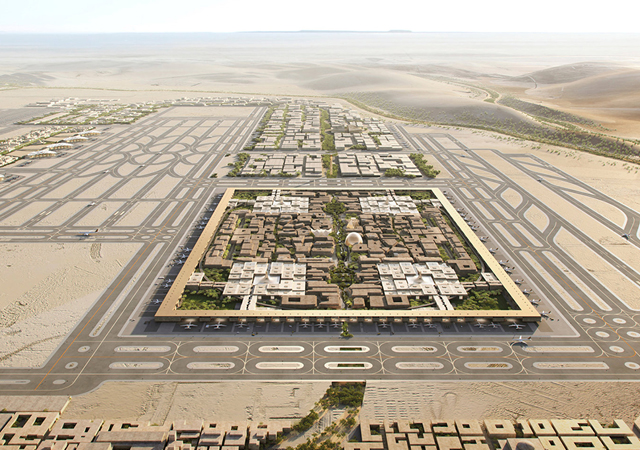
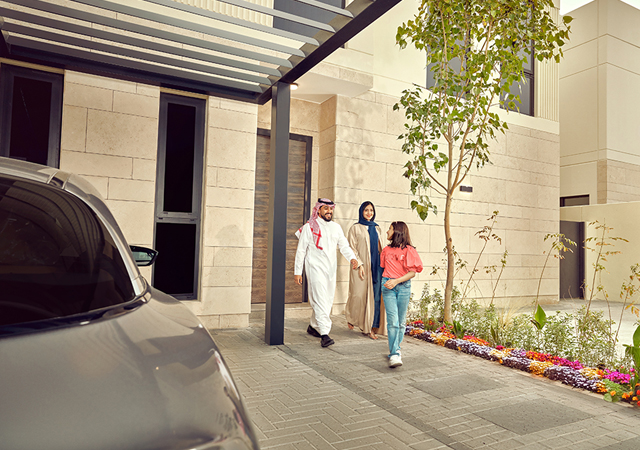
.jpg)




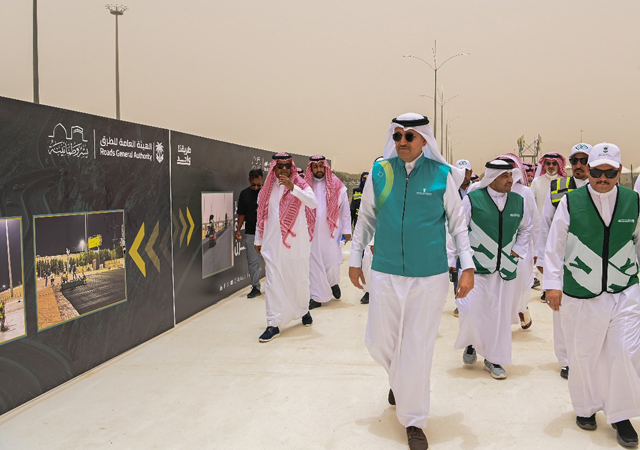

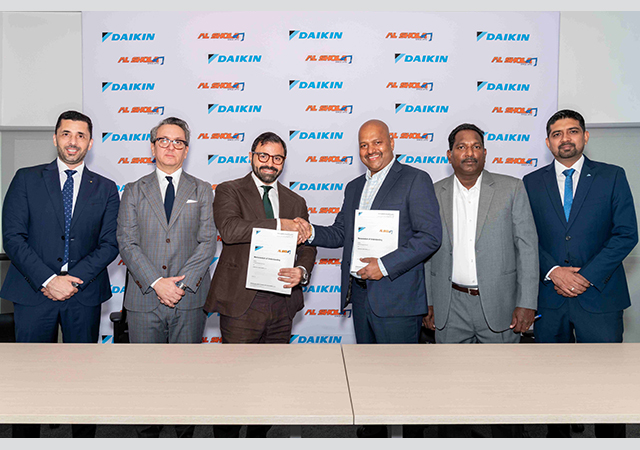

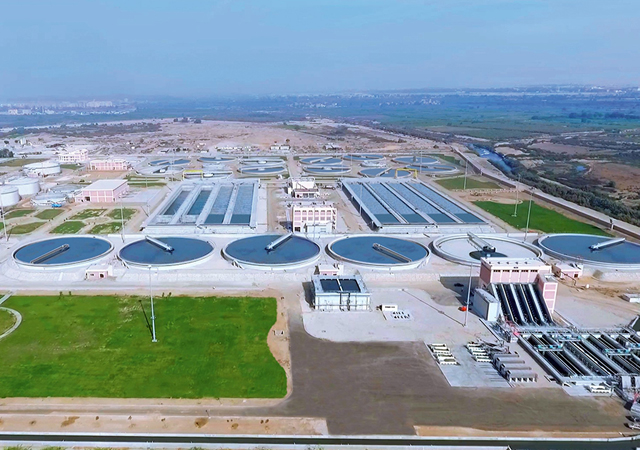
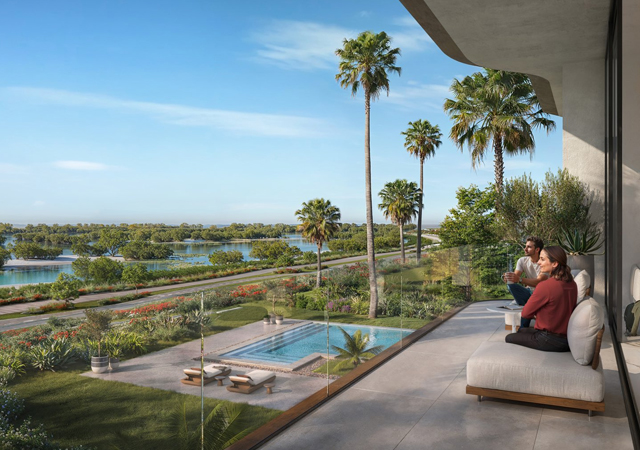
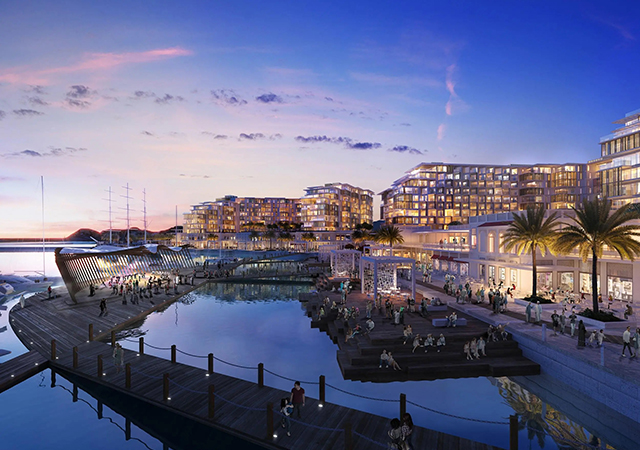

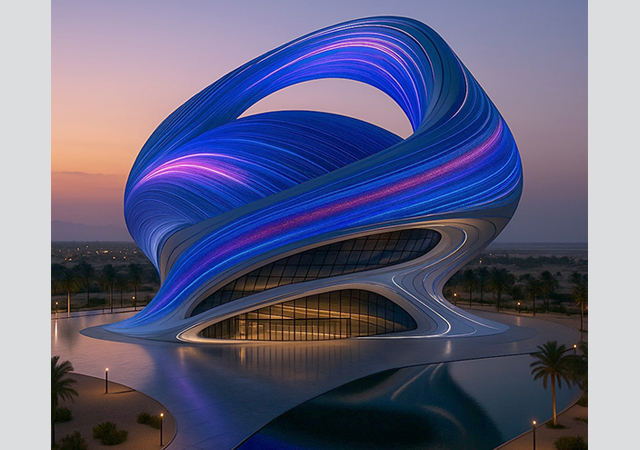

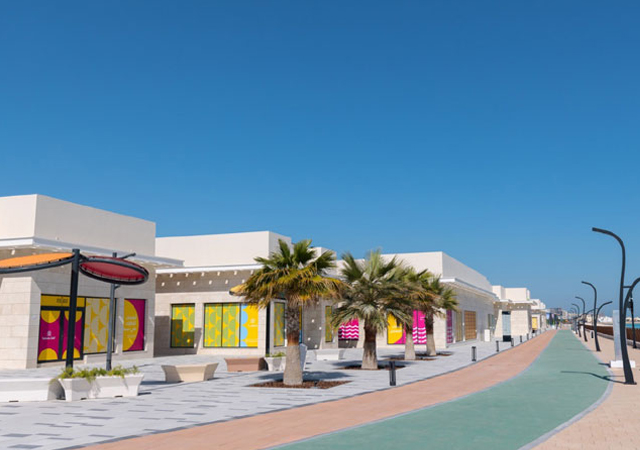

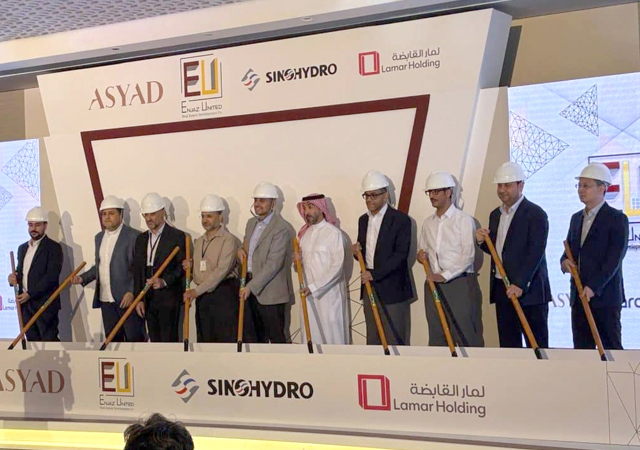
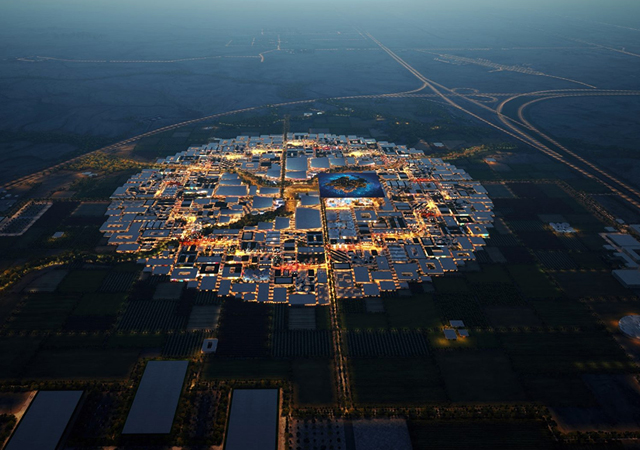
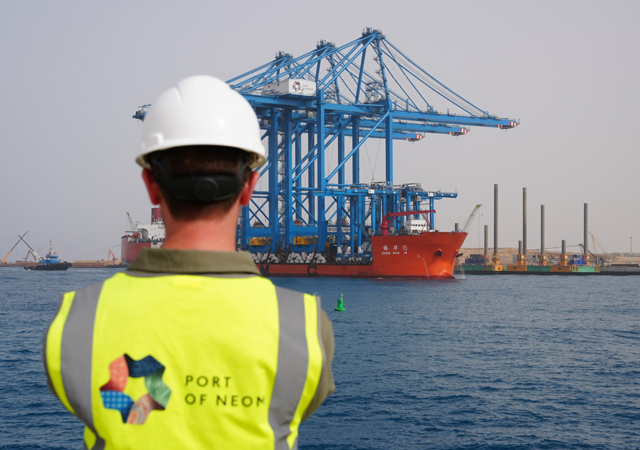
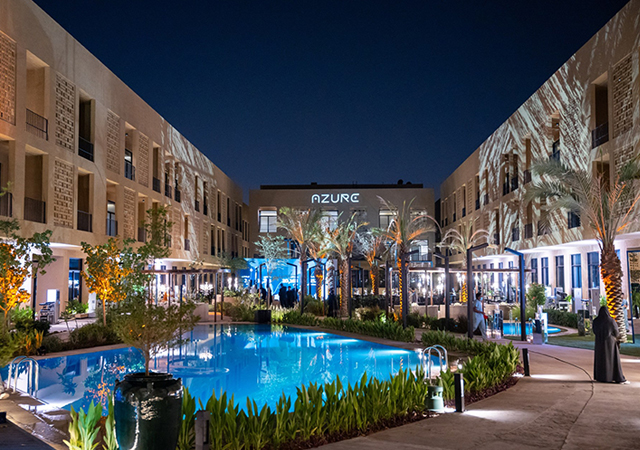
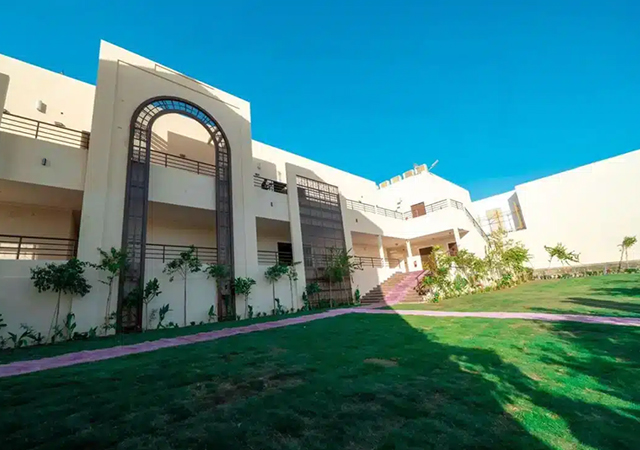


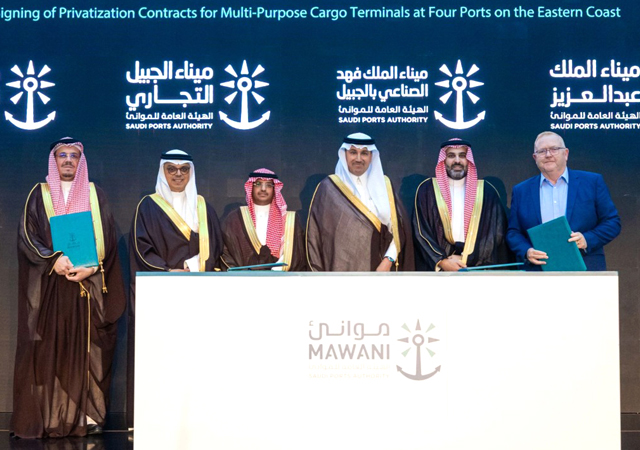
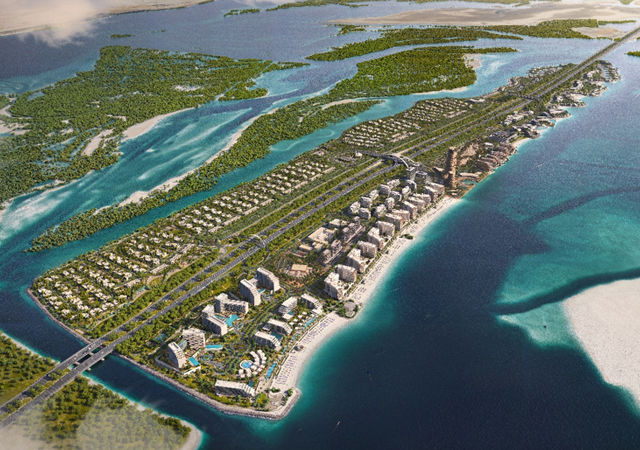

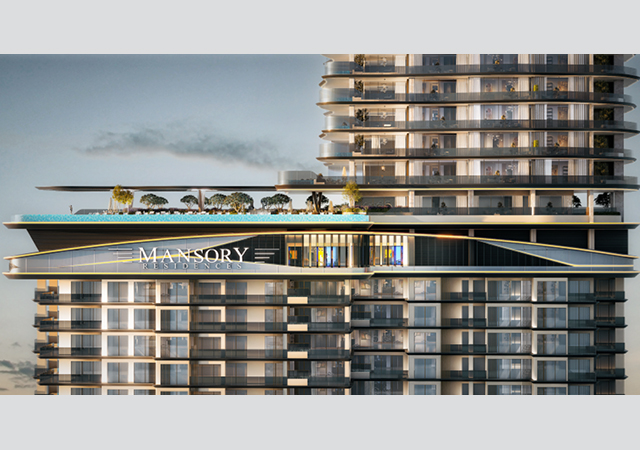
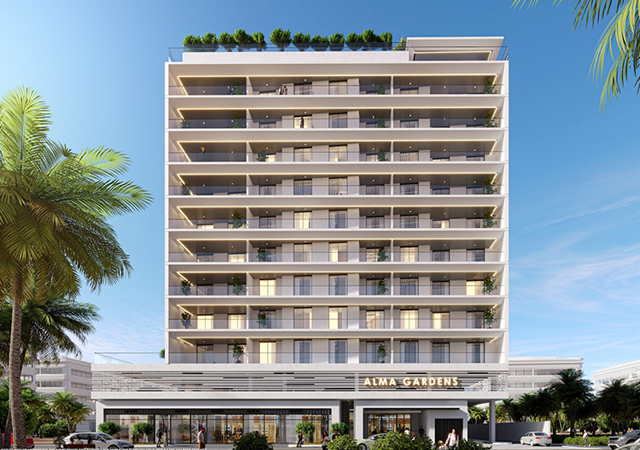

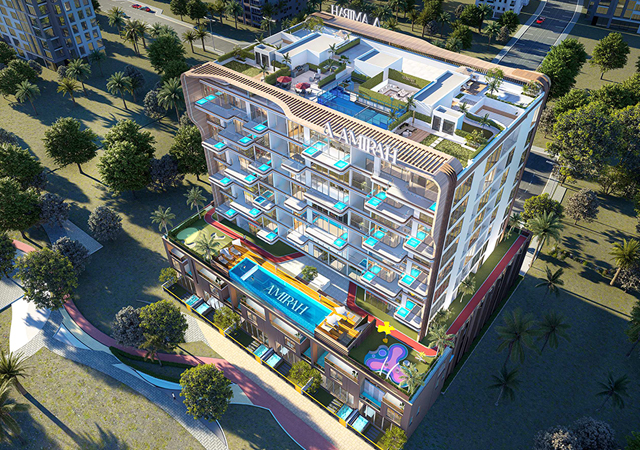
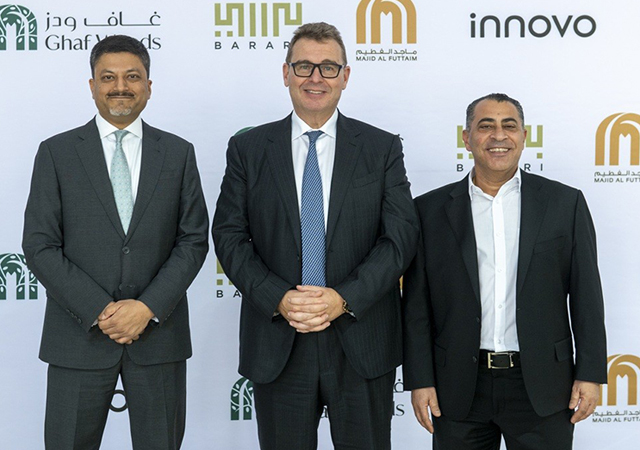
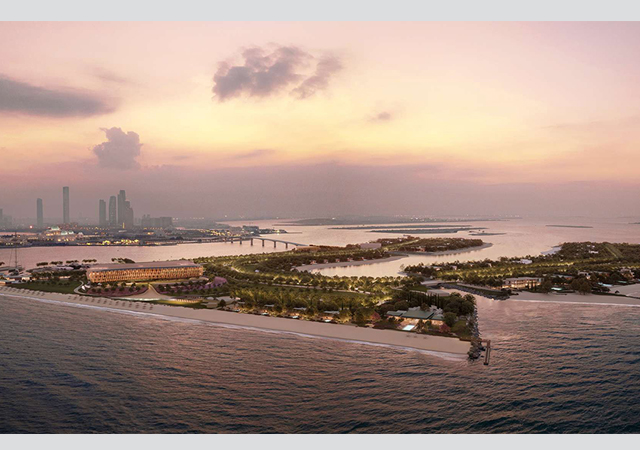
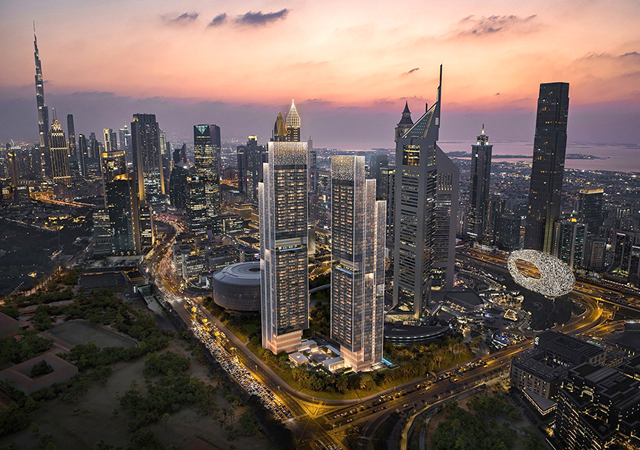
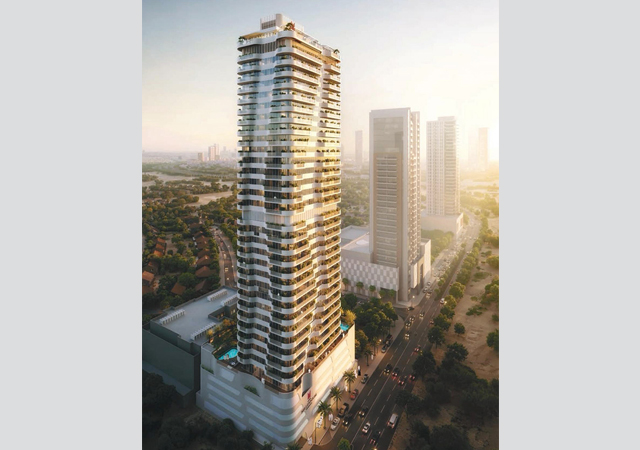
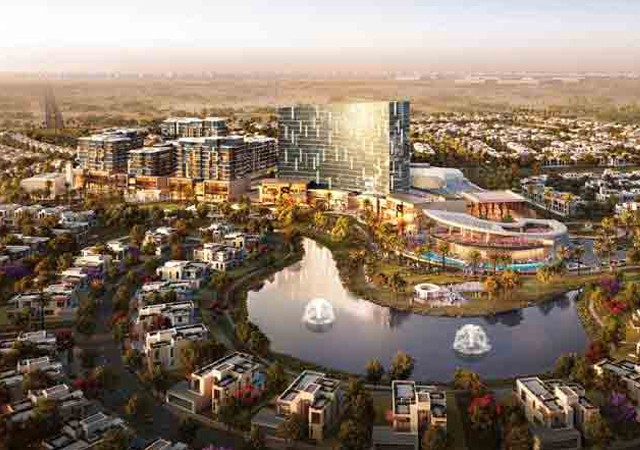
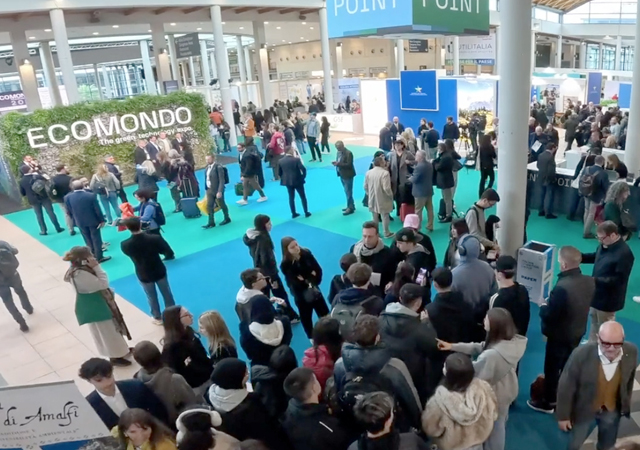
.jpg)






